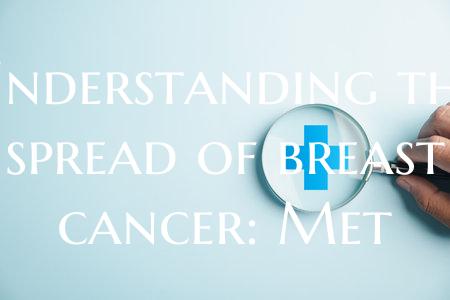
Understanding the spread of breast cancer: Met
Breast cancer is one of the most prevalent types of cancer among women worldwide. While early detection and improved treatments have significantly increased survival rates, understanding how breast cancer spreads, or metastasizes, is crucial for developing more effective treatment strategies.
Metastasis is the process by which cancer cells spread from the original tumor to other parts of the body. In the case of breast cancer, metastasis can occur through the lymphatic system or the bloodstream. Once cancer cells break away from the primary tumor, they can invade nearby tissues or travel to distant organs such as the lungs, liver, bones, or brain.
Several factors contribute to the spread of breast cancer, including the tumor's size, grade, hormone receptor status, and genetic mutations. Cancer cells that acquire the ability to migrate and invade surrounding tissues are more likely to metastasize.
Metastatic breast cancer is considered a more advanced and challenging stage of the disease. It requires a multidisciplinary approach to treatment, including surgery, chemotherapy, radiation therapy, targeted therapies, and hormonal therapies. Patients with metastatic breast cancer often undergo ongoing monitoring and adjustments to their treatment plans to manage the disease effectively.
Research into the mechanisms of metastasis is ongoing, with scientists exploring ways to target and disrupt the process of cancer cell spread. By gaining a deeper understanding of how breast cancer metastasizes, researchers hope to develop new therapies that can prevent or limit the spread of the disease, ultimately improving outcomes for patients.
In conclusion, understanding the spread of breast cancer, particularly metastasis, is essential for advancing treatments and improving patient outcomes. Through continued research and innovation, we can strive to develop more effective approaches to managing this complex disease and ultimately reduce the toll of breast cancer on individuals and their families.